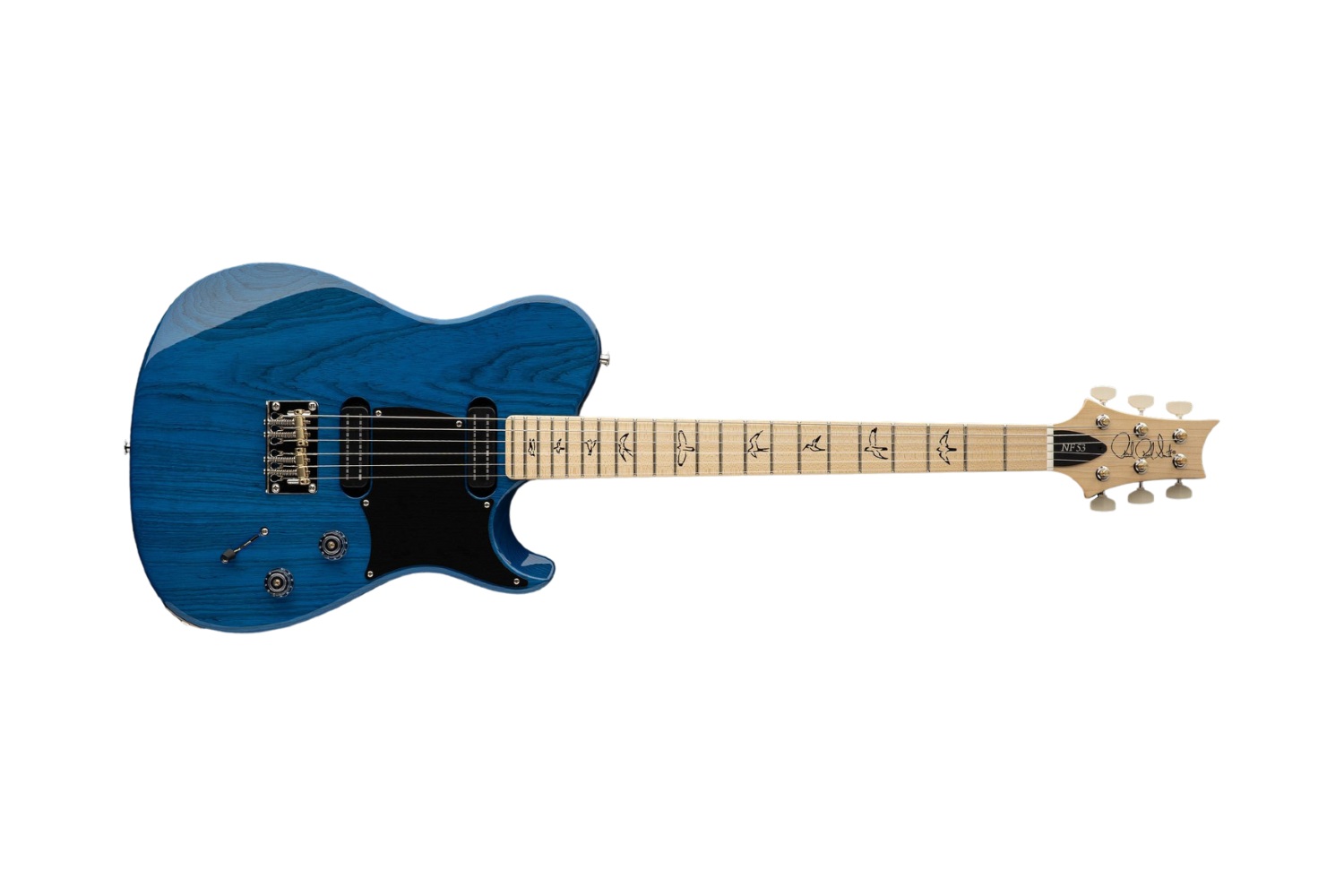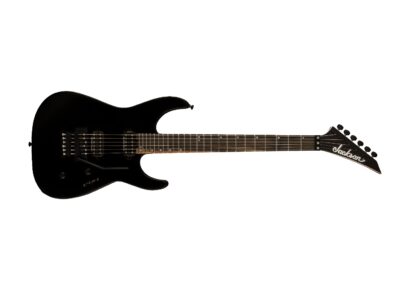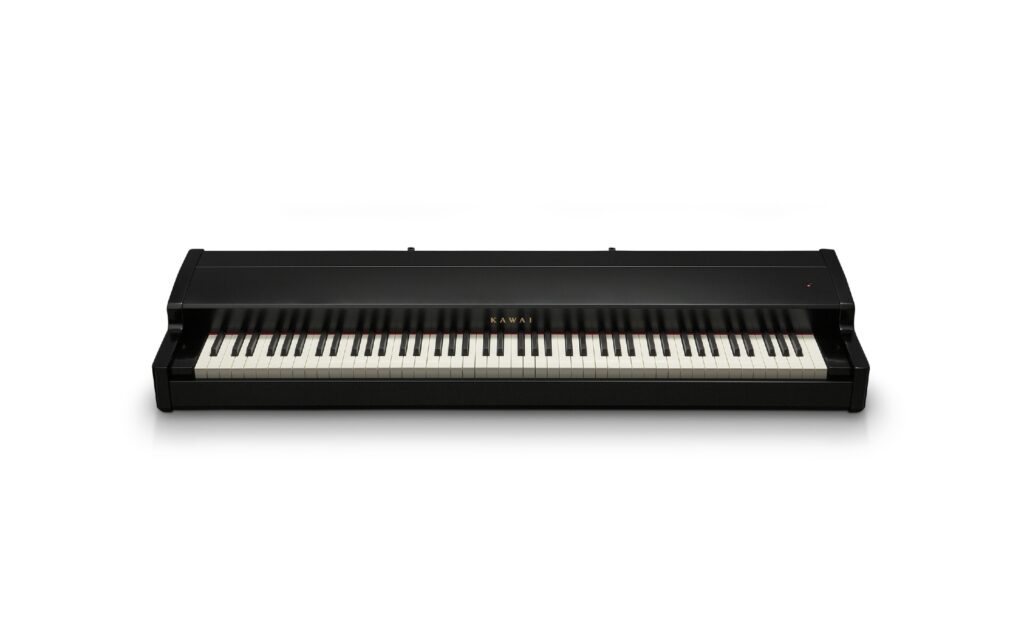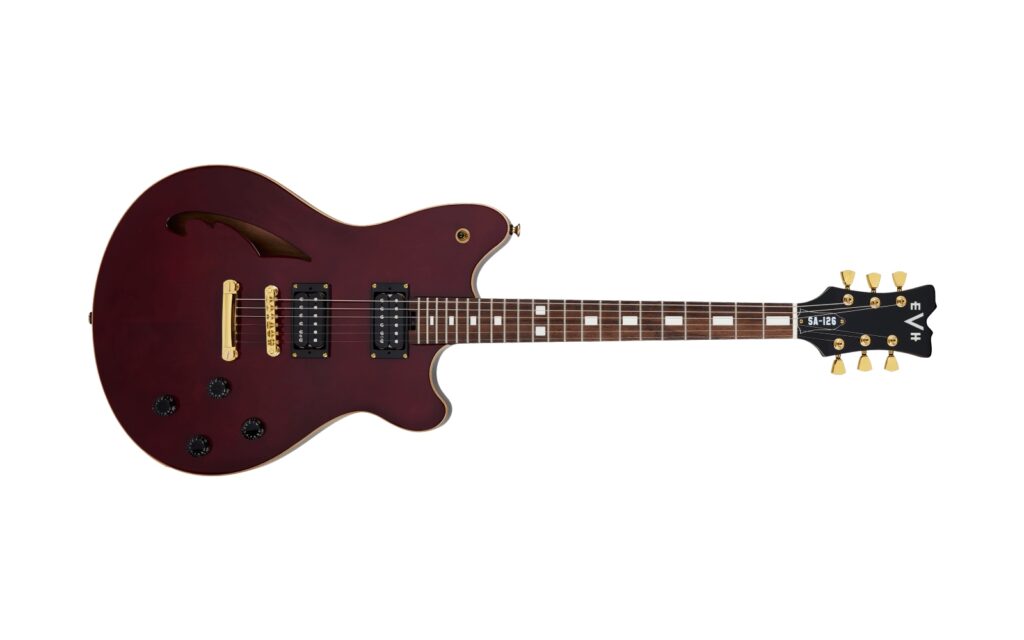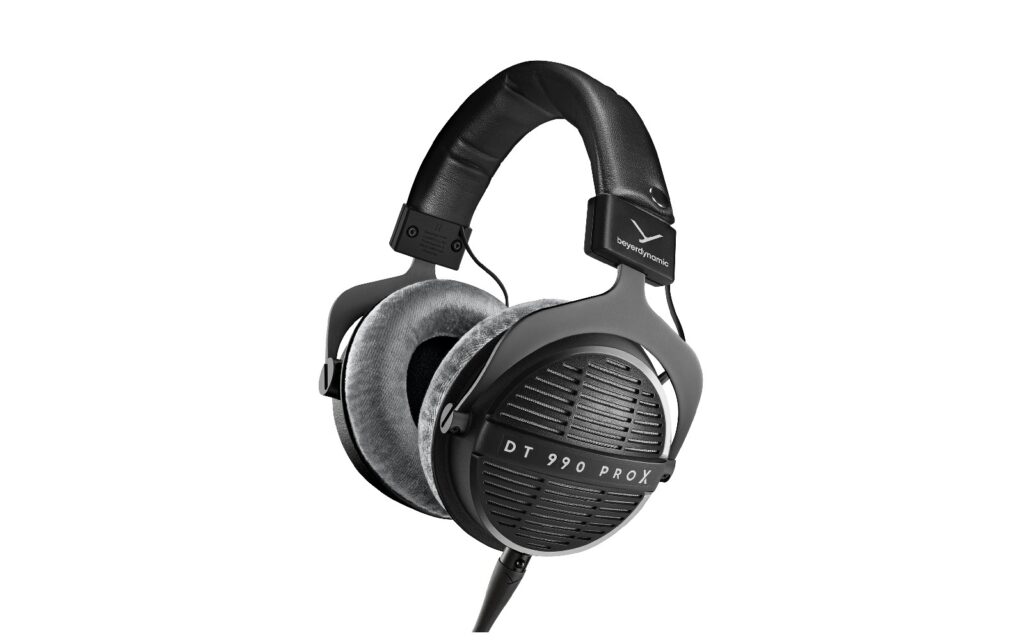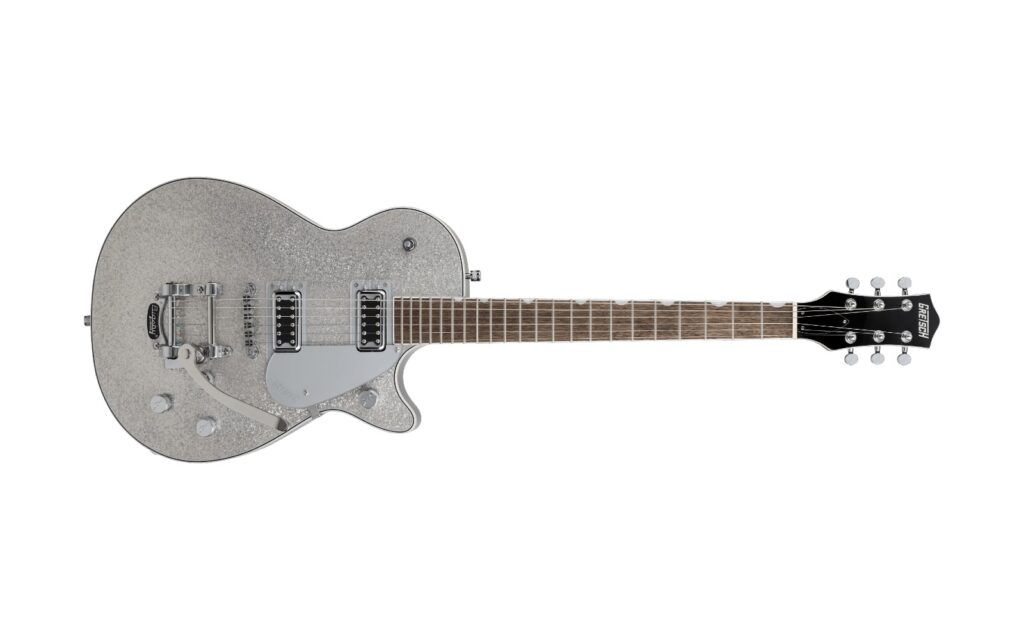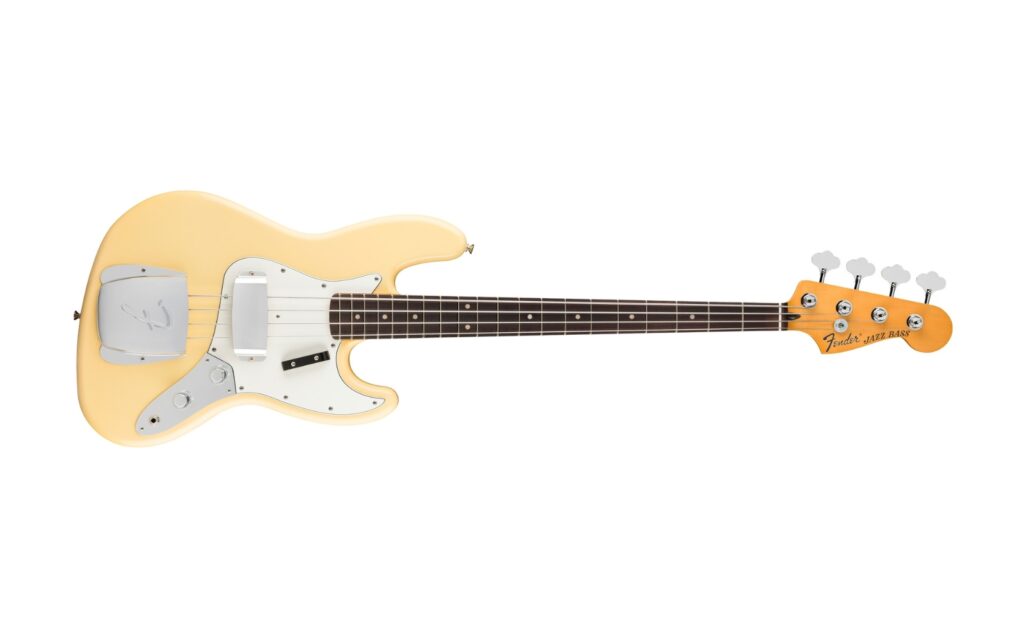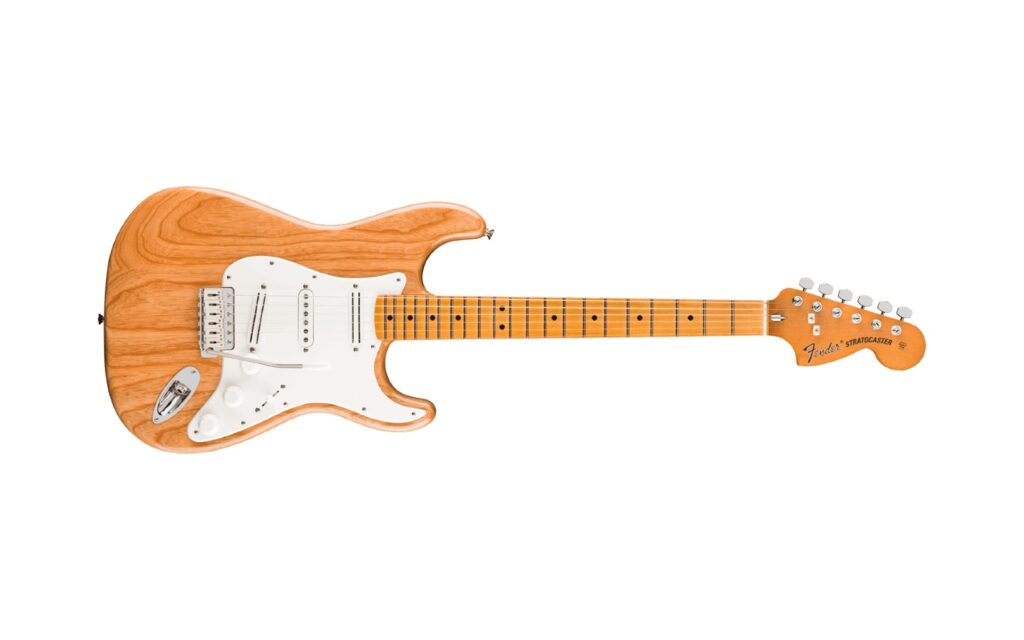PRS NF53 Blue Matteo | Electric Factory | Enquire for pricing
PRS NF 53 review
From the outset it’s pretty clear that the PRS NF 53 is a guitar designed to appeal to Telecaster players or, paradoxically, people who might like the Telecaster if it wasn’t so … Telecastery. Inspired by one of Paul Reed Smith’s own ‘vintage guitars from 1953,’ it’s pretty clear where this instrument’s inspiration starts, but in true PRS style it’s absolutely its own instrument. So what makes it so unique?
For starters, this may be a bolt-on single-cutaway guitar with two pickups, a volume control, a tone control and a three-way pickup selector, but the outline is different enough that there’s no chance of mistaking it for anybody else’s design. Ditto the headstock, which is PRS’s iconic three-a-side shape but kitted out with vintage-style tuners with super wide buttons and unplated brass shafts. The pickguard may be a little more reminiscent of a Telecaster than that of PRS’s similarly-appointed and released-at-the-same-time Myles Kennedy model, but it’s still very much its own distinctive shape, following a very PRS bevel along the cutaway.
Read more gear reviews here.
Yeah, there are similarities. The body is made of Swamp Ash. The neck and fretboard are Maple. But even there, there are twists. The fretboard has 22 frets, not something you’d find on Paul’s 1953 vintage inspiration. And the pickups are definitely not traditional single coils, rather they’re PRS’s own new Narrowfield DD (Deep Dish) pickups, which are made with taller bobbins enabling them to fit on more winds, and with extra metal pieces between the magnets to more tightly focus the magnetic field. They’re hum-cancelling, but they don’t sound at all like humbuckers, and they look like nothing else out there.
The PRS NF 53 bridge is interesting and unique too. It’s a PRS plate-style bridge made of steel but with brass saddles for sustain and tone. The saddles are an updated version of the two-per string barrel saddles on a vintage Telecaster. In this case though there are three strings per barrel but two adjustment screws to better dial in the intonation. It’s still going to involve a compromise on intonation accuracy, but PRS has clearly made a difficult choice here between tone and intonation.
The neck shape is really interesting too. It’s PRS’s ‘Pattern 53’ shape, something of a soft V that reminds me of a Peavey Omniac; deep and chunky but also very playable and not at all feeling like a baseball bat.
So that’s the speccy stuff: let’s plug the PRS NF 53 in and see what it can do.
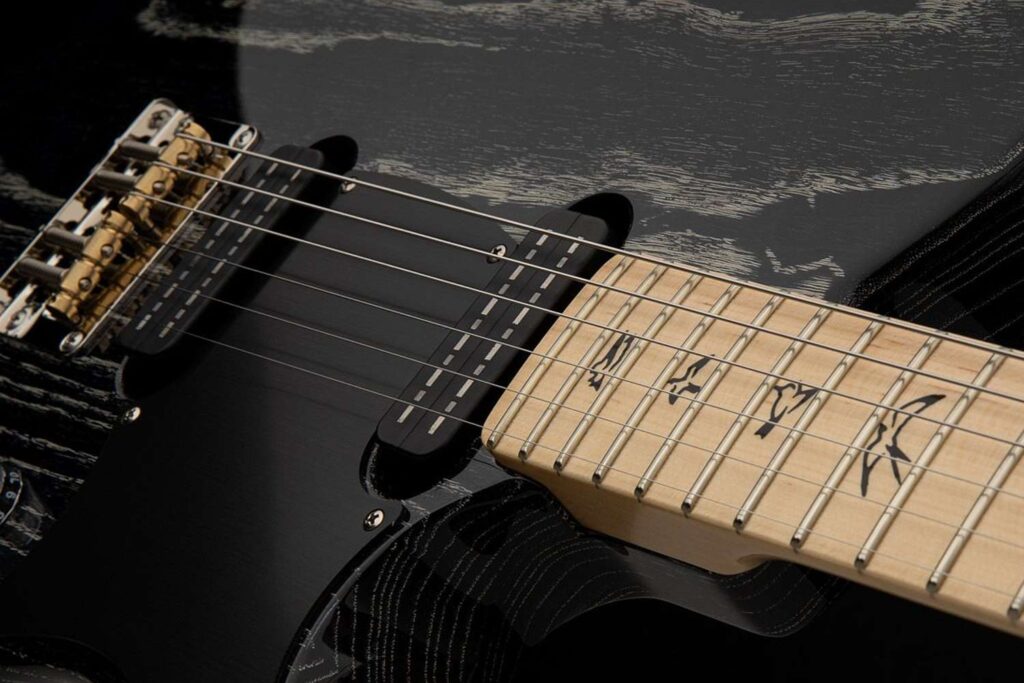
The very first thing you’ll notice is, this is a bright-sounding guitar. Almost harshly bright if you’re running a clean tone. The brightness makes it super-clear, super detailed and super rich, but there’s no getting around it: it’s bright. Interestingly, the bridge pickup is the least trebly of the three settings. Or at least, its particular treble profile is more bell-like and compressed, with pleasing upper mids. The middle setting is more scooped in the midrange which allows those highs to really come to the fore, and it can get a bit harsh. Meanwhile the neck pickup is very characterful and detailed, and much more trebly than you’d expect from a Tele-style guitar. Don’t get me wrong, it’s not a bad spread of tones at all – it sounds great – but it’s brighter than you’ll expect.
Add some overdrive or distortion though and you’ll suddenly realise why that treble is there: it allows this guitar to absolutely sing with harmonics, detail and dynamics, especially that neck pickup. In fact it’s one of the juiciest, springiest-sounding neck pickups I’ve ever heard. It absolutely thrives on heavy pick attack but has the range and sensitivity to sound great when you pick softly.
It absolutely soars on expressively bent notes, and it cleans up beautifully from the volume control. The middle selector setting is like a more chord-oriented take on this sound, a little more scooped and spread out. And the bridge pickup on its own is punchy, clear and a little angry. Combine it with that neck, which naturally guides your fretting hand into a comfortable playing position, and you have a guitar that responds instantly and musically to your touch and practically cajoles you into playing faster. After you become used to it, it becomes quite exhilarating. You don’t even know you can play this quickly and cleanly with such detail and expression on such a raw-sounding guitar.
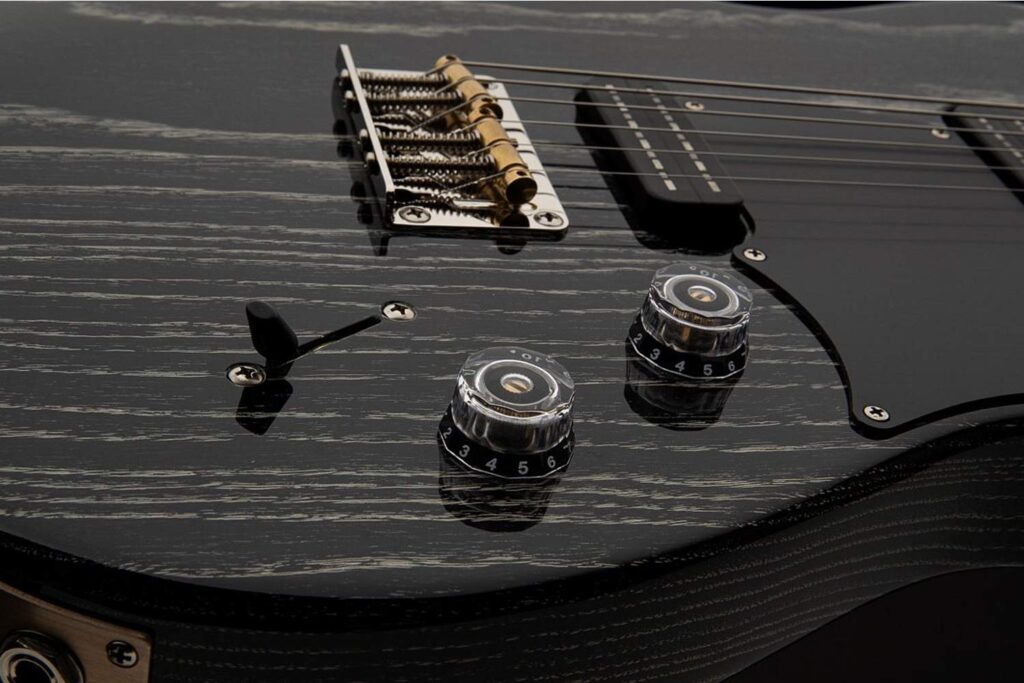
Some players will no doubt be put off by the intonation system, and it’s a matter of ‘do I wish to make this compromise in the name of tone?’ The tone is going to sway a lot of players. The look and feel will probably sway a few more, because it’s a great playing and looking guitar. PRS has done it on their own terms, in a very 2023, rather than 1953, way.
For local enquiries, visit Electric Factory.
